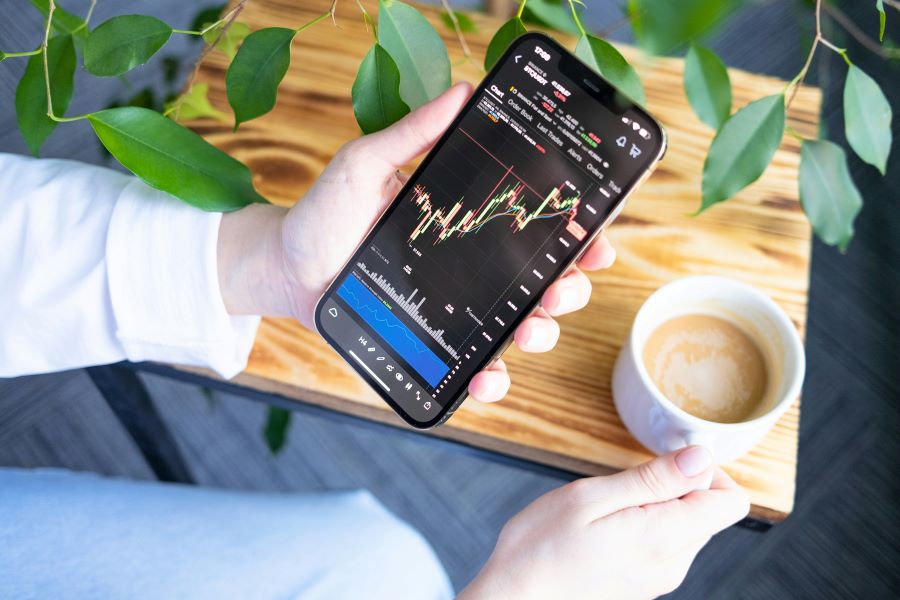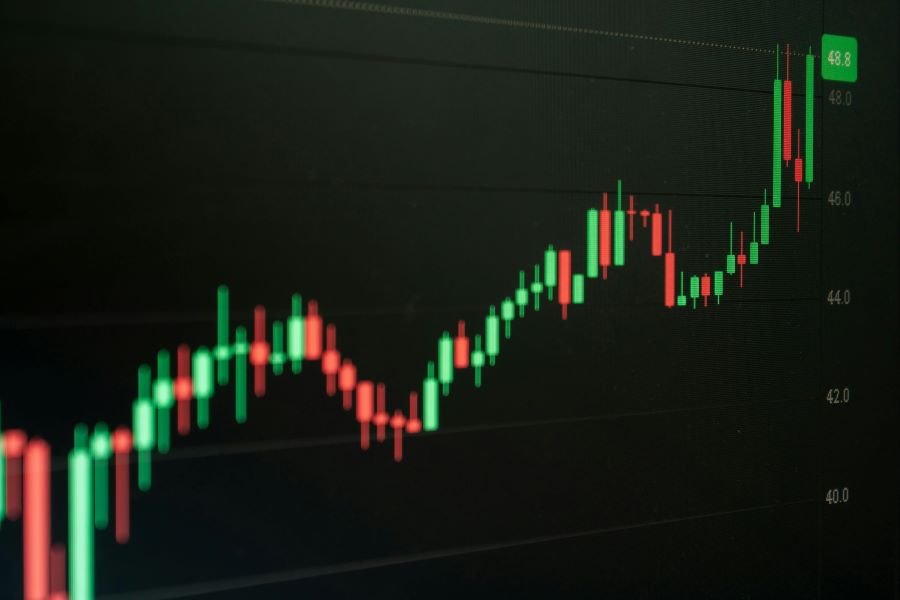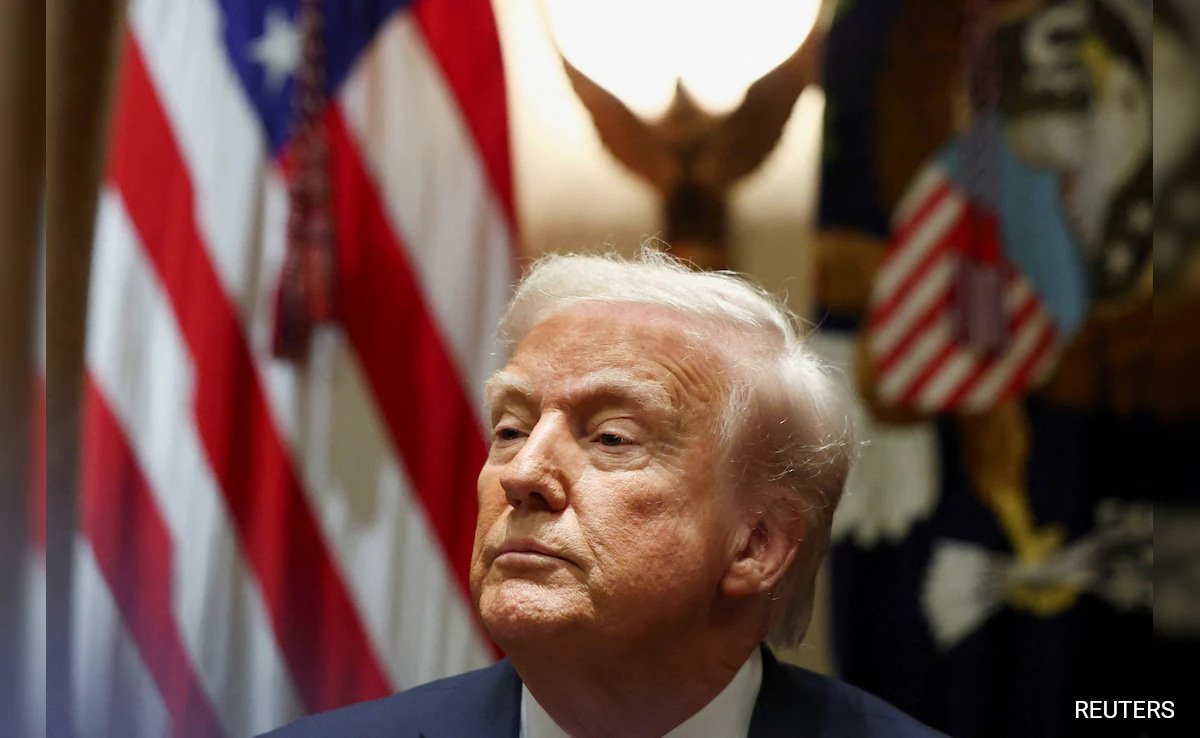
Now and then, people get excited about news they should’ve expected. That’s what’s happening with this new wave of optimism about US–China trade. Suddenly, the Singapore dollar is firming up, ASEAN equities are bouncing, and headlines are popping up with phrases like “renewed confidence” and “regional momentum.”
We have nothing against good news. But if you’re an investor or anyone hoping to understand what’s happening in the markets, you must separate noise from signal. And most importantly, you need to know what lasts.
Trade normalization is rational
US–China trade cooperation is not a breakthrough. It’s just two superpowers realizing that full-scale economic divorce is not wise. Tariffs hurt both sides, and deglobalization is expensive. The smarter move is to keep competing and keep trading at the same time.
That’s why the markets are cheering. According to a December 2024 report from Krungsri Research, ASEAN countries have picked up the slack as businesses look to diversify out of China. It’s the classic “China+1” model. These companies don’t abandon China but hedge their bets by expanding elsewhere. Vietnam, Malaysia, and Indonesia are at the center of that trend. So is Singapore, in a more refined, financial way.
You don’t have to be a genius to see what this means: more capital, trade, and flows into regional currencies like the Singapore dollar. But again, this isn’t some magical transformation. It’s just basic arithmetic.
Singapore dollar shows strength
The Singapore dollar (SGD) has been firming up lately. Why? Because Singapore has credibility. It manages its currency through a basket-based exchange rate system that reacts to inflation and economic conditions, not short-term political moves.
When capital starts flowing into ASEAN as a side effect of China-US sanity returning, the SGD is one of the first to benefit. Investors like clarity, and Singapore offers that. Add in decent inflation control and a solid current account, and it is no surprise that the SGD is strong, outpacing peers like the Thai baht and Malaysian ringgit. That’s earned trust.

ASEAN markets get a positive return
Markets love optimism. ASEAN equities have seen a healthy uptick in the first half of 2025, especially in logistics, tech, and manufacturing. Vietnam’s FPT Corp, which handles cloud infrastructure and digital services, is up over 18 percent. Thanks to EV demand, Indonesia’s nickel sector is drawing investment from every direction.
The US Chamber of Commerce and ADB note that the ASEAN region is now a strategic production hub. That’s because it’s not China, but it’s not far from it either. It’s a diversified, young, cheap labor market with governments that mostly want foreign money.
But before you jump in headfirst, remember that it’s not supposed to be easy. There are power supply issues in Vietnam and Indonesia, as well as complex land laws that require careful navigation.
So yes, the trend is real, but will it last?
Don’t confuse movement with progress
A lot of people get excited when markets heat up. But if you’re playing this game seriously, you need to ask yourself: what is changing underneath?
You want structural reforms. You want legal systems that work. You want power grids that don’t black out every time demand spikes. Without those things, the ASEAN story stalls.
Now, some of those improvements are happening. The Regional Comprehensive Economic Partnership (RCEP) is making it easier for goods to move around the region. The Digital Economy Framework Agreement (DEFA) aims to make ASEAN a digital powerhouse by 2030. These are serious moves—if they stick.
But again, you must look at what’s real and what’s wishful thinking. Is the infrastructure being built? Is corruption going down? Are rules being enforced?
Most people don’t ask the crucial questions. That’s why these people are taking more risks with their money.
Where the long-term value might be
If you’re looking for something to own, here’s what might be interesting:
- Singapore-listed firms with real cash flow and exposure to ASEAN expansion.
- Digital infrastructure players across ASEAN data centers, telecoms, and logistics.
- Selective ETFs like iShares MSCI ASEAN, which give you diversified exposure, though they’re far from perfect.
And always consider currency effects. If you’re holding Malaysian or Vietnamese assets, be aware of the risks in their currencies. SGD offers a little protection, but nothing’s bulletproof.
Use smart tools to spot opportunities
There’s a saying in poker: if you can’t spot the sucker in the first 30 minutes, it’s you. The same applies to investing.
The return of US–China trade optimism is good. The SGD firming up is a clear result of it. The ASEAN market rally makes sense on paper. But don’t kid yourself. Optimism isn’t a strategy. The winners are the ones studying what’s happening behind the scenes.
Smart tools like TradingView Singapore help you play the game wisely. With no delays, TradingView lets you monitor currency pairs like SGD/USD or SGD/VND in real time. You get snapshots of daily, monthly, and annual moves, technical indicators, and crowd-sourced analysis.
More importantly, it allows you to:
- Set price or volume alerts directly on the SGD chart so you’re notified the moment your conditions are met
- Use built-in tools like oscillators and moving averages to spot trends and reversals
- Explore the “Ideas” section, where traders share real-world insights and strategies that can sharpen your thinking
- Trade directly through integrated brokers like Saxo or CMC using one login and one interface
So use smart tools. Watch the fundamentals. Read the boring reports. Ask the hard questions. If you want to win in the markets, be skeptical of anything that sounds too easy.

Trade hopes don’t make an economy
The US–China trade cheer has turned up the volume in ASEAN, lifting currencies, stocks, and spirits. The Singapore dollar benefits from being the adult in the room, and ASEAN markets are finally getting the attention they’ve earned.
But optimism isn’t a strategy. Long-term value only comes from hard-earned advantages. These include good governance, innovative infrastructure, and sound currency management. ASEAN has parts of that, and Singapore has most of it. But don’t get carried away by headlines.
You make money by understanding what’s real, not blindly following the crowd.
About Us
China Briefing is one of five regional Asia Briefing publications, supported by Dezan Shira & Associates. For a complimentary subscription to China Briefing’s content products, please click here.
Dezan Shira & Associates assists foreign investors into China and has done so since 1992 through offices in Beijing, Tianjin, Dalian, Qingdao, Shanghai, Hangzhou, Ningbo, Suzhou, Guangzhou, Haikou, Zhongshan, Shenzhen, and Hong Kong. We also have offices in Vietnam, Indonesia, Singapore, United States, Germany, Italy, India, and Dubai (UAE) and partner firms assisting foreign investors in The Philippines, Malaysia, Thailand, Bangladesh, and Australia. For assistance in China, please contact the firm at china@dezshira.com or visit our website at www.dezshira.com.







